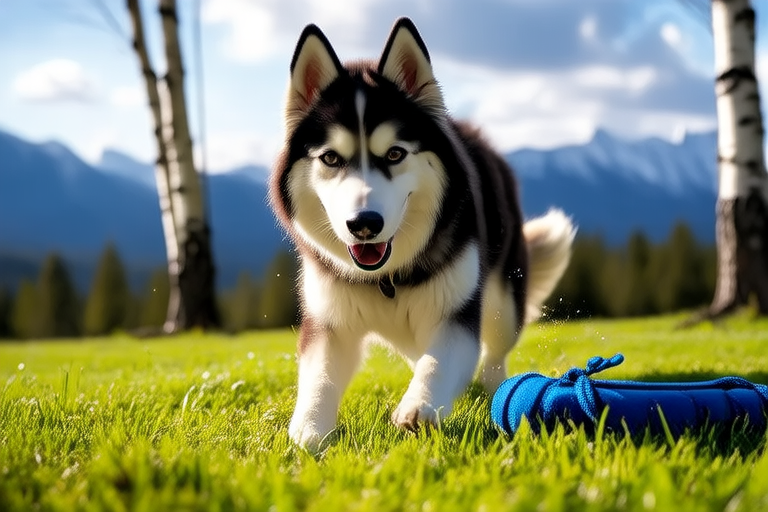The Ultimate Guide to Training Your Energetic Siberian Husky Companion
Welcome to your comprehensive guide on training your Siberian Husky! These beautiful, energetic dogs have a reputation for being independent thinkers and require thoughtful, patient training. This guide will help you understand their unique traits, teach essential basic training techniques, manage their high energy levels, and ensure they are well-socialized. Let’s dive in!
Understanding Siberian Huskies’ Unique Traits
Siberian Huskies are known for their striking appearance and high energy levels. They were originally bred by the Chukchi people of Siberia for endurance and speed, making them excellent sled dogs. Their natural instincts make them strong-willed and highly active.
- Independence: Huskies tend to be more independent than other breeds, which can sometimes make training challenging.
- High Energy: They need plenty of exercise and mental stimulation to stay happy and healthy.
- Strong Prey Drive: Huskies may chase small animals, so it’s important to train them to ignore distractions.
- Communication: They are vocal and often howl, especially when left alone for long periods.
Essential Basic Training Techniques
Basic obedience training is crucial for any dog, but it’s particularly important for Huskies due to their independent nature. Start with simple commands like ‘sit,’ ‘stay,’ ‘come,’ and ‘leave it.’
- Positive Reinforcement: Use treats and praise to reward good behavior. Avoid punishment, as it can lead to fear or aggression.
- Consistency: Be consistent with commands and rewards. Use the same words and gestures each time.
- Short Sessions: Keep training sessions short (5-10 minutes) and frequent. This keeps them engaged and prevents fatigue.
- Patience: Huskies may take longer to learn commands, so be patient and persistent.
Effective Leash Training Methods
Leash training is essential for ensuring your Husky behaves well during walks. Here are some effective methods:
- Start Indoors: Begin leash training inside your home where there are fewer distractions.
- Use Positive Reinforcement: Reward calm behavior and ignore pulling or lunging.
- Practice Loose Leash Walking: Encourage your Husky to walk beside you without pulling.
- Gradual Exposure: Gradually introduce your Husky to outdoor environments and increase the duration of walks as they improve.
Strategies for Managing Their High Energy Levels
Huskies need a lot of physical and mental stimulation to prevent boredom and destructive behaviors. Here are some strategies:
- Regular Exercise: Daily walks, runs, or playtime are necessary. Consider activities like agility courses or fetch.
- Mental Stimulation: Puzzle toys, interactive games, and training sessions keep their minds sharp.
- Interactive Play: Engage in games that challenge their problem-solving skills.
- Structured Environment: Provide a safe space with appropriate toys and bedding.
Tips for Socializing Them Properly
Proper socialization helps your Husky become a well-rounded and friendly companion. Start early and continue throughout their life:
- Expose Early: Introduce your Husky to different people, animals, and environments from a young age.
- Positive Experiences: Ensure interactions are positive and rewarding. Avoid forcing interactions if your Husky seems uncomfortable.
- Supervision: Always supervise interactions with other animals to prevent conflicts.
- Vary Environments: Take your Husky to parks, pet stores, and other public places to get used to different settings.
Advice on Maintaining Consistent Discipline
Consistent discipline is key to successful training. Here are some tips:
- Clear Expectations: Set clear rules and boundaries from the start.
- Consistent Consequences: Apply consequences consistently for unwanted behavior.
- Positive Reinforcement: Reward good behavior frequently to encourage repetition.
- Persistent Practice: Regularly review and practice commands and desired behaviors.
Training your Siberian Husky requires patience, consistency, and a positive approach. By understanding their unique traits and implementing these strategies, you’ll build a strong bond with your furry friend and ensure they are well-behaved companions.
Remember, every dog is different, and what works for one might not work for another. Stay flexible and adapt your training methods as needed. With time and effort, you’ll have a well-trained, happy Husky by your side.
